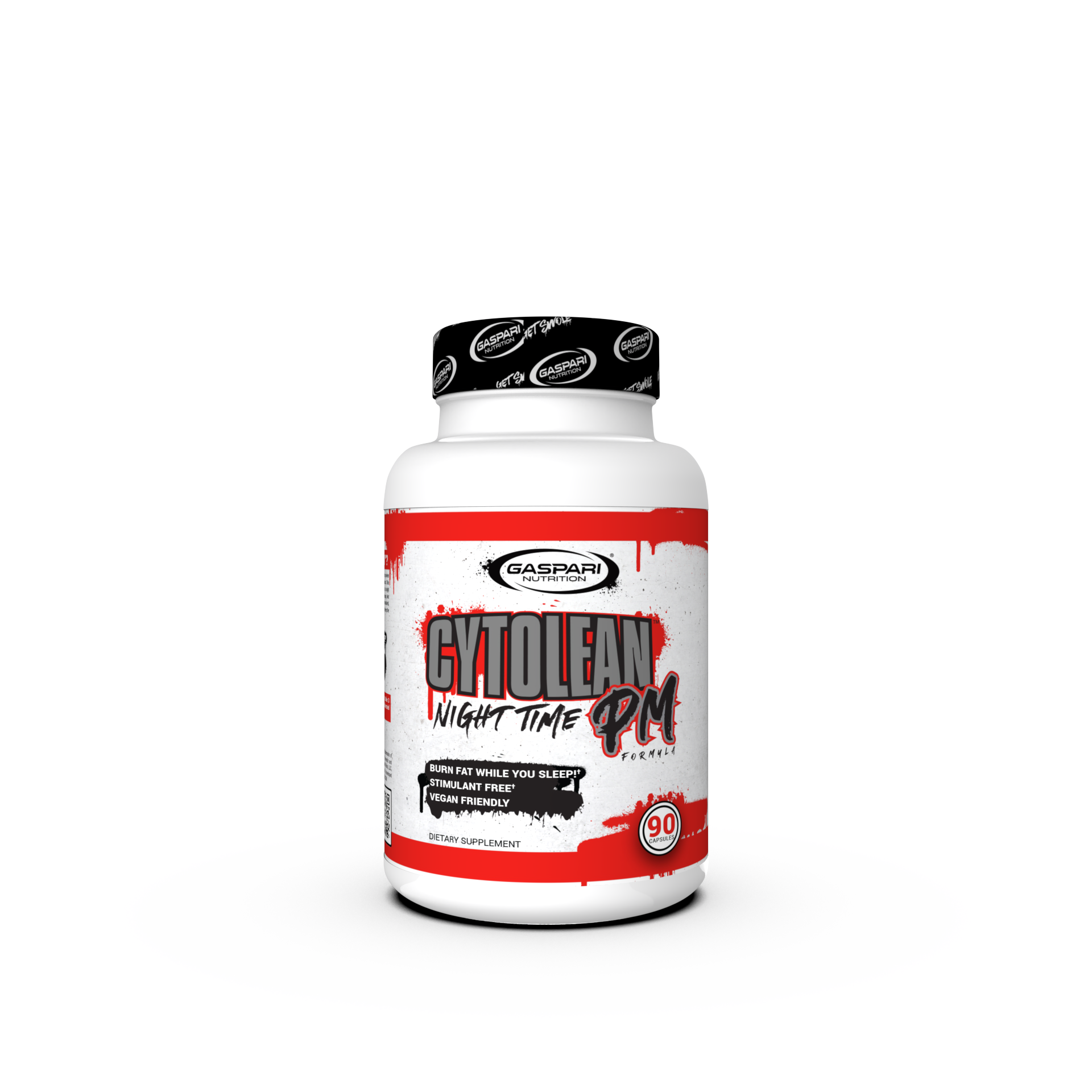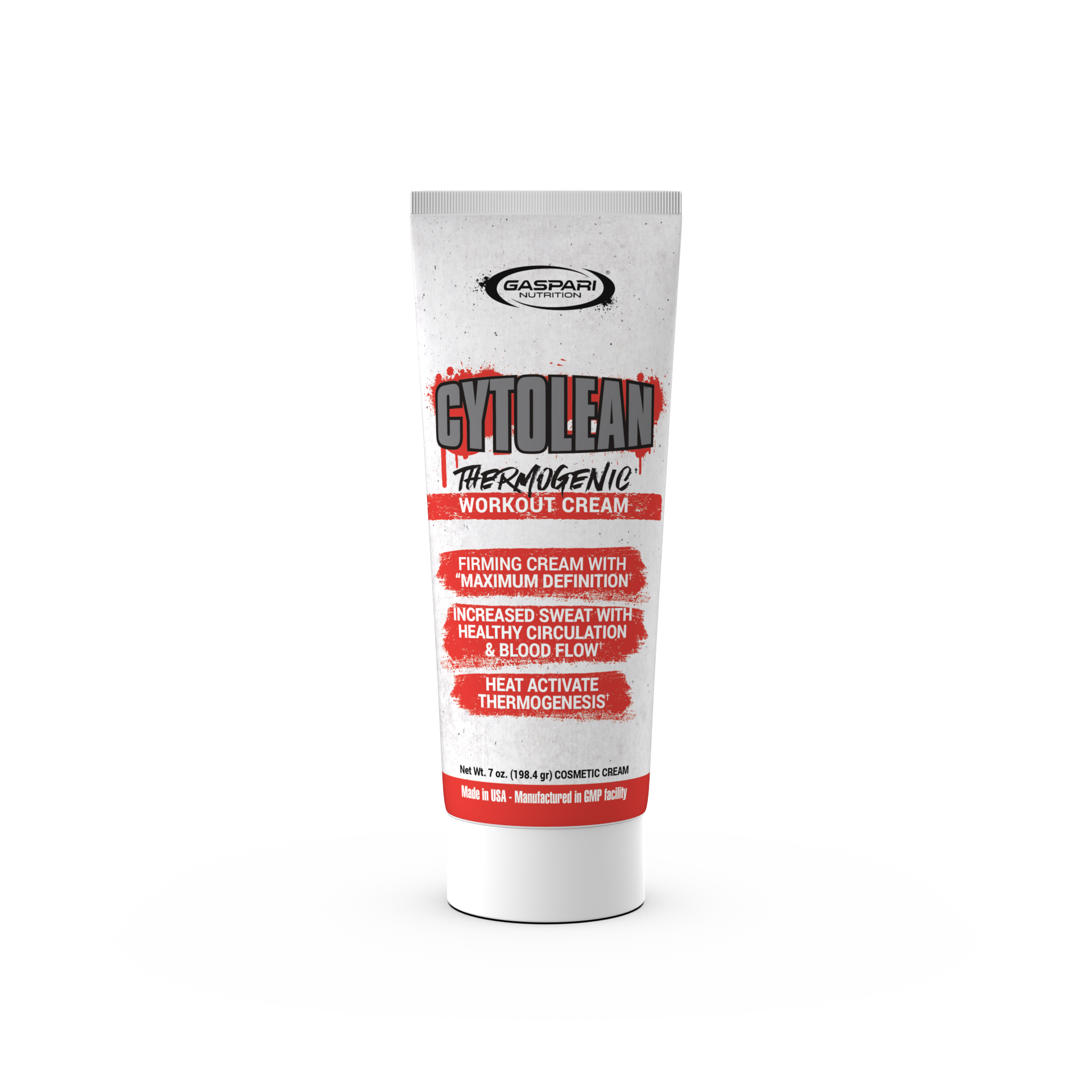A negative calorie food is one that results in zero caloric gain. This means that you ingest the food, and your body does not gain a single calorie. This sounds like something that should not exist, but it does…in a certain way.
Some foods require more energy to process than others. The human digestive system has to use some of its existing calories to digest anything that you eat. However, the number of calories burned in digestion is usually much lower than the number of calories gained. For most foods, only 5-10% of the calories ingested are used for digestion. High-protein foods require a lot more energy to digest, so negative calorie foods are always low in protein.
Negative calorie foods are the exception. These foods use more calories for digestion than they provide to the body. In most cases, these foods also provide valuable nutrients at no caloric cost. The following are some of these allegedly negative-calorie foods:
- Apples
- Apricots
- Broccoli
- Celery
- Cucumber
- Garlic
- Grapefruit
- Green Beans
- Kale
- Lemons
- Onions
- Raspberries
- Strawberries
- Watermelon
Does Chewing Make A Difference?
Some researchers have considered the possibility that a food might be negative-calorie due to the calories exerted while chewing. While this is an intriguing possibility, the amount of calories expended through chewing would seem to be very small indeed.
According to this study, it takes about 11 calories an hour to chew gum. Since no one would chew their food for anywhere near this long, you can only expect to use 1-5 calories from chewing your food. Therefore, we can rule this factor out right away.
The Debate:
Some experts say that negative calorie foods are a myth. There is a good chance that they are correct. It is a fact that all foods contain calories, and all parties admit to this. The question lies in whether or not these foods require more energy (in calories) for digestion than they offer. If so, they could theoretically be very valuable for weight loss. If not, they represent dietary snake oil.
This debate, unlike most, is a little bit one-sided. Those who promote the use of negative-calorie foods are on the losing end here. As far as anyone can tell, there seems to be no evidence for the idea that some foods require more energy for digestion than they contain. Our research has been unsuccessful in finding any evidence for this idea. However, no one else seems to be able to find it either.
To be fair, we should mention that there are certain aspects of human digestion that are still not completely understood by science. In some cases, we know that something happens, but we may not necessarily know why it happens. Of course, it should also be noted that the above-linked study was done in 1957 and that our understanding has improved since that time.
The people at the Mayo Clinic have an interesting perspective on the matter. Like most experts, they reiterate that negative calorie foods do not exist. They also bring up the point that a zero-calorie diet would be very unhealthy even if it were possible. The energy deficit would likely cause a lot of health problems if employed for more than a short time.
Water Is A Negative Calorie Food
Technically, water is the only thing normally ingested by humans that contains no calories. Since water usually contains at least some nutrients, it can be classified as food. There is evidence to show that drinking cold water will temporarily increase your metabolism, causing you to burn more calories.
The study linked above indicates that water could make a significant difference in human metabolism. They say that the difference can be up to 24%. So, if you burn 24% more calories after drinking water, that would be a pretty good argument for proper hydration during fitness activities.
Other studies, however, have reached different conclusions. According to this one, water-drinking produced only a small and negligible difference in the metabolic rate of the test subjects. These mixed results suggest that every individual will experience different results based on their age and metabolic rate.
High Nutrients, Low Calories
At this point, the idea of negative calorie foods would seem to be disproven. If this is a disappointment to you, there is no need to worry. There are foods that can help you lose weight, but it isn’t as simple as some would have you believe.
As we already mentioned, protein-rich foods require more energy for the body to digest. This mainly happens because proteins are held together with stronger molecular bonds, and thus, the body requires more energy to break these bonds and absorb the nutrient content. By using a high-protein diet with minimal fat, you will gain a lot of nutrients without a whole lot of calories. Beans and lean meats are both great ways to do this. Bear in mind that your age will make some difference in the rate at which your body absorbs protein.
Most fruits and vegetables are also useful for weight loss purposes. Although they do contain calories, they contain little to no fat and a lot of useful nutrients. They do a good job of sating hunger, even though they are unlikely to add significant weight to your body. The only drawback of many fruits is that they are high in sugars. Still, you have a lot of options in this category.
Conclusion
Unfortunately, it turns out that there is no such thing as a negative calorie food. However, there are plenty of foods that are high in nutrients while being low in calories. You will still need some exercise, but such foods will definitely help.
For those seeking to lose weight, the best option is probably a natural diet consisting mostly of fruits, vegetables, and lean meats. Such a diet is backed by a lot more science than the negative calorie myth. We thank you for reading our work, and we hope that you will follow us on Facebook to receive more of our insights on health and fitness.
The post What Is A Negative Calorie Food? appeared first on Gaspari Nutrition.













































































Share:
Gaspari Nutrition’s Guide to Counting Macros
Does Garcinia Cambogia Really Help With Weight Loss?